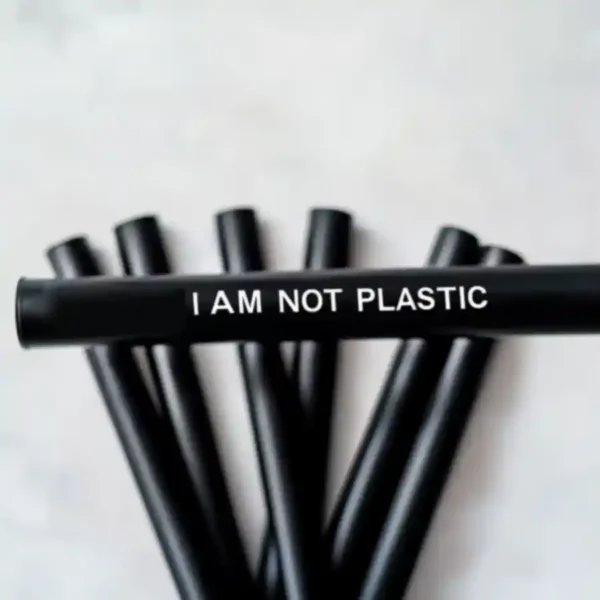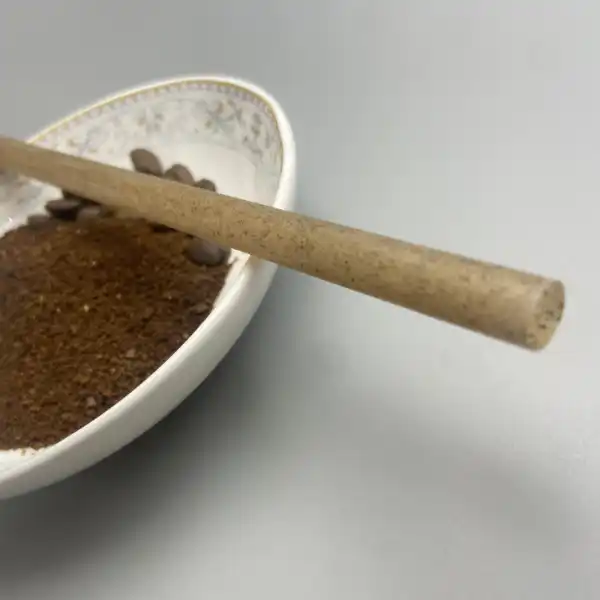1. Introduction: The Rising Importance of Corporate Social Responsibility
Corporate Social Responsibility (CSR) has become a cornerstone of ethical business practices, focusing on how companies can positively impact society and the environment. In today’s climate-conscious world, businesses are expected to prioritize sustainability as part of their operations.
Adopting eco-friendly practices is not just a choice; it’s a necessity driven by consumer demand and regulatory pressures. One simple yet meaningful way businesses can align with CSR goals is by transitioning from plastic to eco-friendly straws. This small change serves as a symbol of a company’s commitment to reducing its environmental footprint.
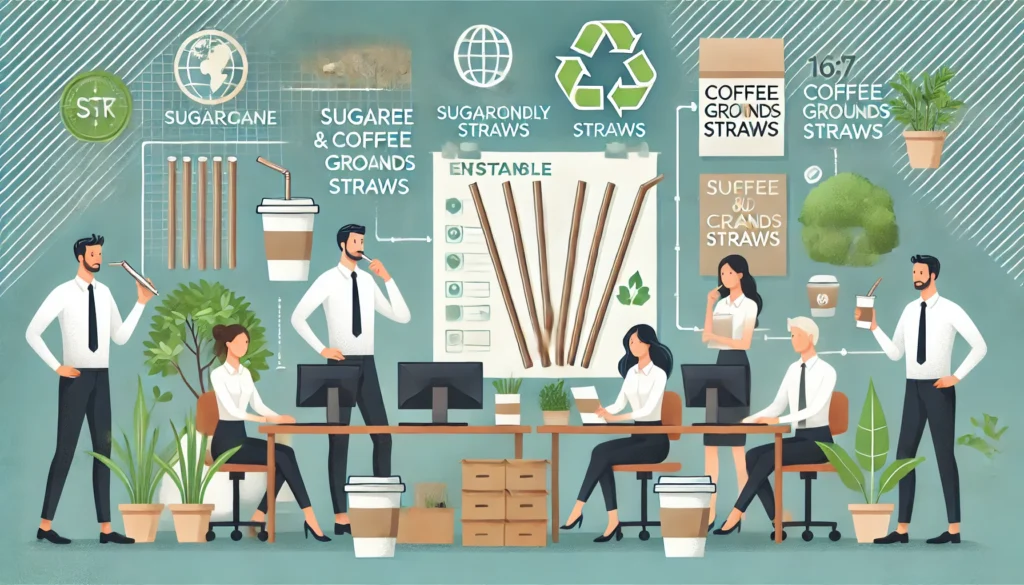
2. The Environmental Consequences of Plastic Straws
Plastic straws are a significant contributor to pollution, with billions used daily worldwide. They often end up in oceans and landfills, harming marine life and ecosystems. These straws can take more than 200 years to decompose, causing long-term damage to the planet.
By reducing reliance on single-use plastics like straws, businesses can take an important step toward environmental leadership. This effort benefits not only the planet but also enhances a company’s reputation as an eco-conscious brand.
3. How Eco-Friendly Straws Support CSR Goals
Switching to eco-friendly straws aligns seamlessly with CSR objectives. By choosing sustainable materials such as sugarcane, coffee grounds, bamboo, or paper, companies can minimize their environmental impact while offering quality products. For example:
- Соломка из сахарного тростника: Compostable and sturdy for various drinks.
- Кофейная гуща соломинка: Heat-resistant and eco-friendly.
NatureBioEco offers a variety of certified sustainable products, such as Настраиваемая соломинка из сахарного тростника и boba coffee grounds straws, which support CSR efforts effectively.
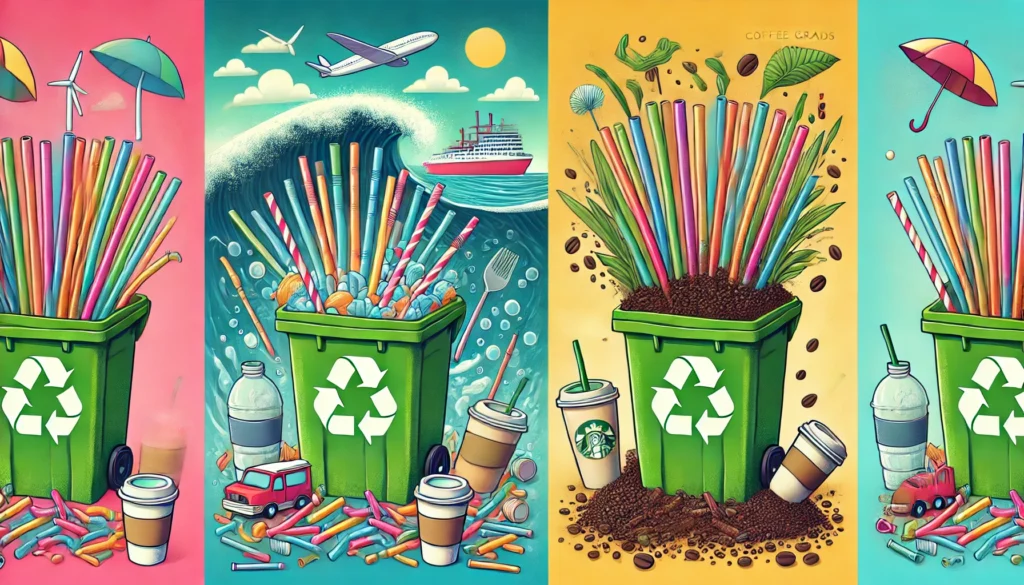
4. Building Consumer Trust and Loyalty
Today’s consumers increasingly prefer brands that prioritize sustainability. Studies show that customers are more likely to support businesses with strong environmental initiatives. Offering eco-friendly options, such as смузи кофейная трата, helps create positive customer experiences while reinforcing brand loyalty.
Marketing sustainability is equally important. Highlighting eco-friendly initiatives through campaigns, eco-certifications, and social media can amplify a brand’s appeal to environmentally conscious audiences.
5. Staying Ahead of Environmental Regulations
Governments around the world are implementing bans on single-use plastics, making it imperative for businesses to adopt sustainable alternatives. Transitioning to certified compostable products, like eco-friendly cocktail straws, ensures compliance with current regulations and prepares businesses for stricter laws in the future.
Being proactive in addressing these changes not only prevents compliance issues but also positions businesses as industry leaders in sustainability.

6. The Financial Benefits of Eco-Friendly Straws
While eco-friendly straws may have a higher initial cost than plastic, the long-term advantages outweigh these expenses. Key benefits include:
- Reduced Waste Management Costs: Compostable straws lower the environmental fees associated with plastic waste.
- Increased Revenue from Eco-Conscious Consumers: Many customers are willing to pay a premium for sustainable products.
Products like индивидуально обернутая соломинка из сахарного тростника combine affordability and environmental responsibility, making them an excellent choice for businesses.
7. Steps to Transition to Eco-Friendly Straws
Transitioning to eco-friendly straws is simple and impactful. Here’s how:
- Choose a Reliable Supplier: Work with trusted companies like NatureBioEco to ensure high-quality and certified products.
- Select the Right Materials: Tailor your straw selection based on your needs. For instance, customizable coffee grounds straws are ideal for hot beverages.
- Educate Your Team: Train staff to promote eco-friendly practices and inform customers about proper disposal methods.
- Market Your Commitment: Highlight your sustainability initiatives through packaging, signage, and online campaigns.
8. Measuring the Impact of CSR Efforts
To evaluate the success of your eco-friendly transition, track metrics such as:
- Reduction in plastic waste.
- Customer feedback on sustainable products.
- Increased brand loyalty and eco-conscious customer engagement.
Sharing success stories from other businesses that have adopted eco-friendly straws can further inspire and validate these efforts.
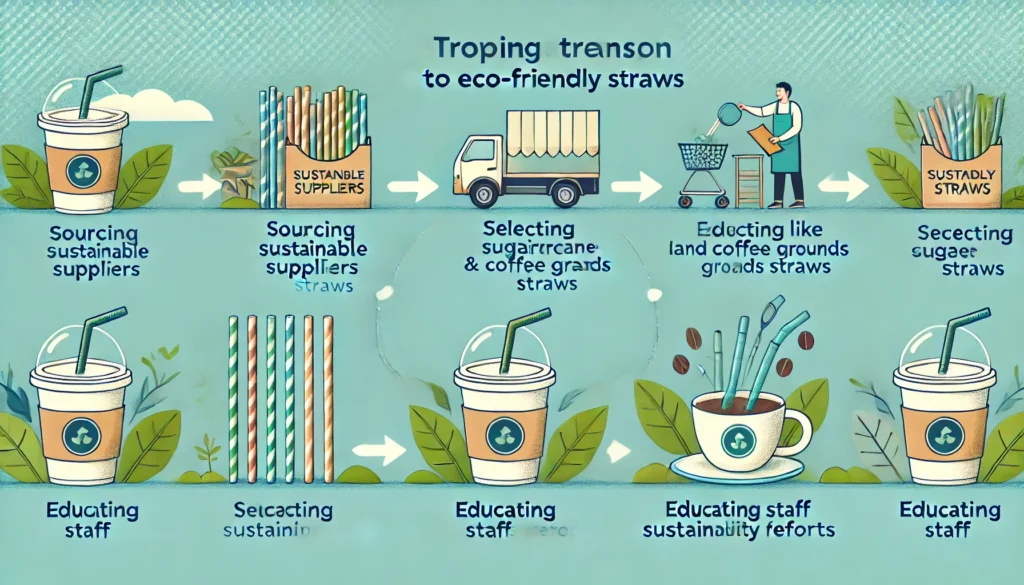
9. Conclusion: Small Changes, Big Impact
Switching to eco-friendly straws is a simple yet effective way to advance CSR goals and contribute positively to the environment. This shift helps businesses align with consumer expectations, regulatory requirements, and long-term sustainability objectives.
Take action today by exploring eco-friendly options at NatureBioeco and begin making a meaningful difference in your business and community.
Часто задаваемые вопросы
- What are the benefits of using eco-friendly straws?
They reduce plastic waste, enhance brand reputation, and meet consumer demand for sustainable products. - Are eco-friendly straws suitable for hot beverages?
Yes, options like sugarcane and coffee grounds straws are heat-resistant and durable. - What materials are used in eco-friendly straws?
Common materials include sugarcane, coffee grounds, bamboo, paper, and PLA. - How can eco-friendly straws improve brand loyalty?
Offering sustainable options demonstrates commitment to environmental values, which resonates with eco-conscious customers. - Are eco-friendly straws expensive?
While they may cost more upfront, the long-term benefits in customer loyalty and waste reduction offset the initial expense. - How do I market eco-friendly initiatives?
Use social media, eco-certifications, and product packaging to showcase your commitment to sustainability. - What steps are involved in transitioning to eco-friendly straws?
Partner with a reliable supplier, choose the right materials, train staff, and market your efforts effectively. - Why is switching to eco-friendly straws important for CSR?
It aligns your business with sustainability goals, complies with regulations, and creates a positive environmental impact.
Цитаты
- UrthPact Sustainable Compostable Straws
- Types of Drinking Straws and Their Eco-Friendliness
- Eco-Friendly Straw Case Studies
- Best Eco-Friendly Straw Materials
- Eco-Friendly Options for Businesses
- Environmental Straw Innovations
- Eco-Friendly Straw Market Trends
- The Sugarcane Straw Initiative
- Amhil Eco-Friendly Solutions





